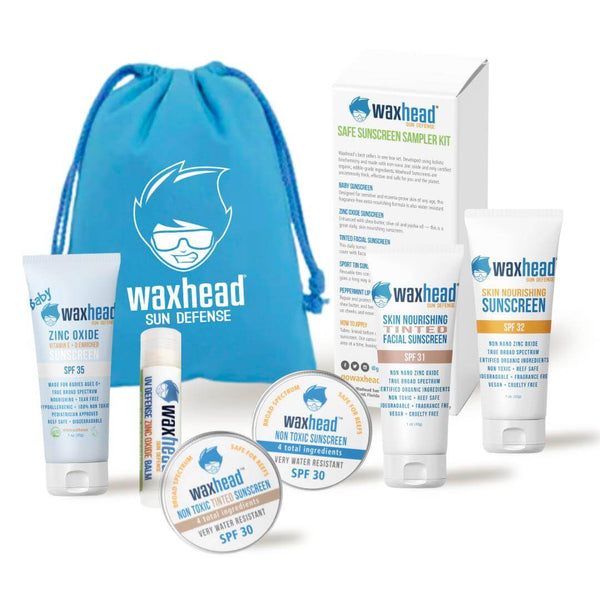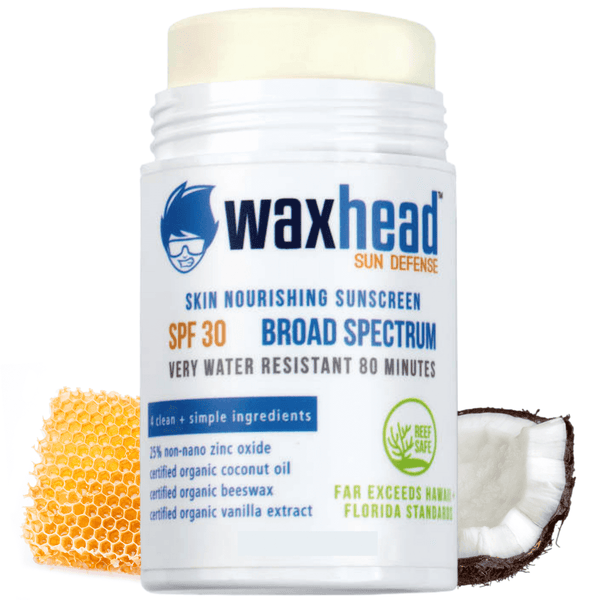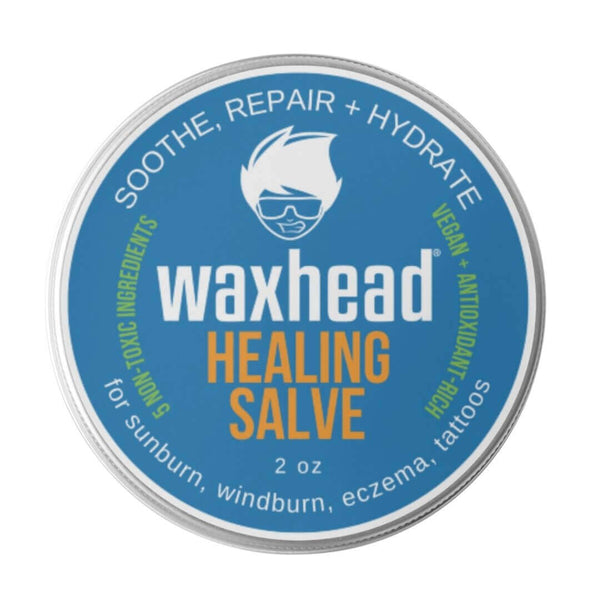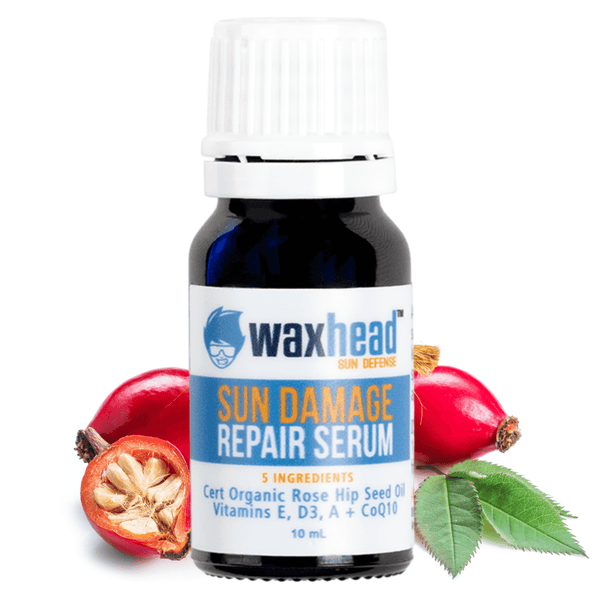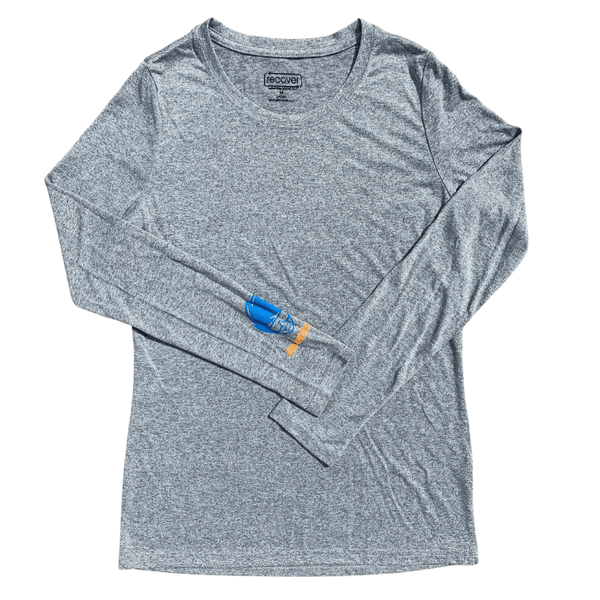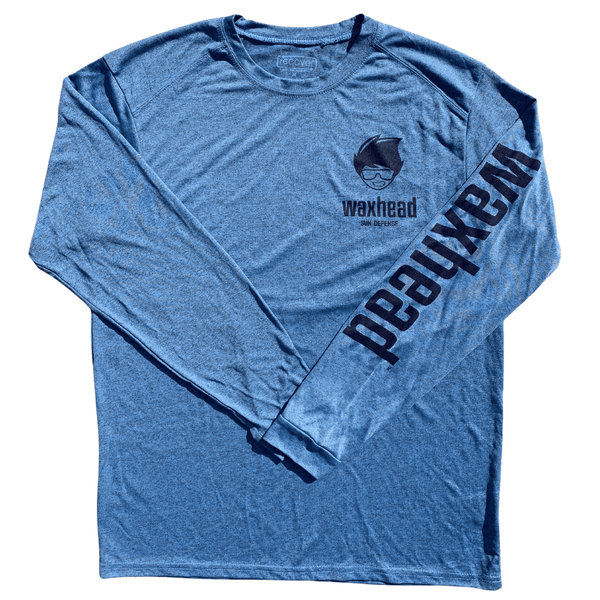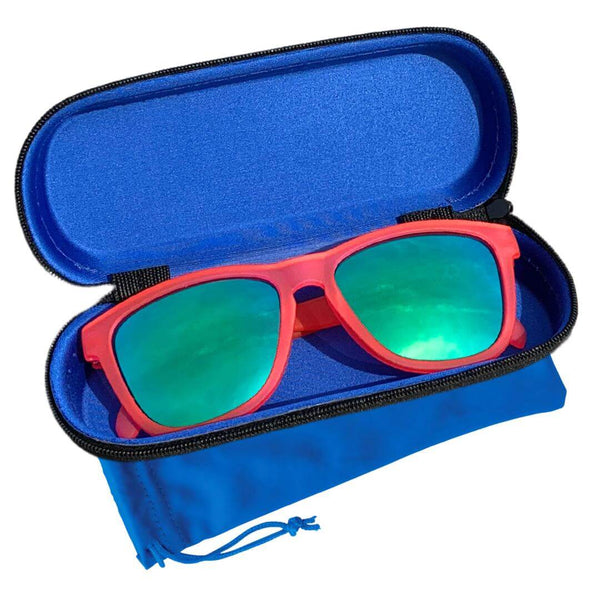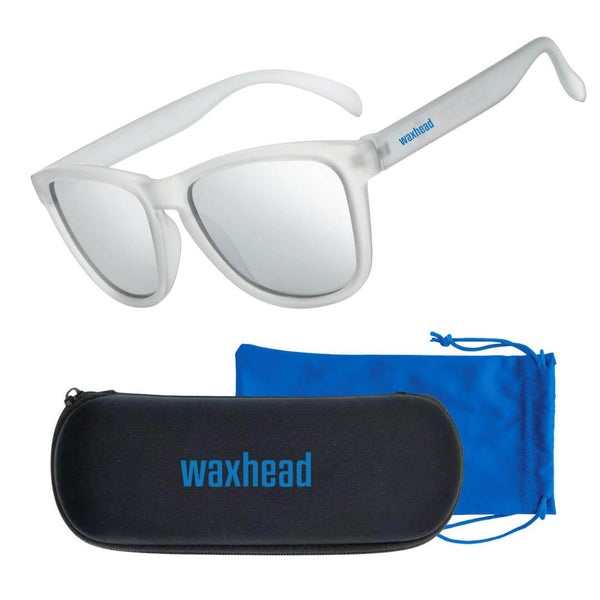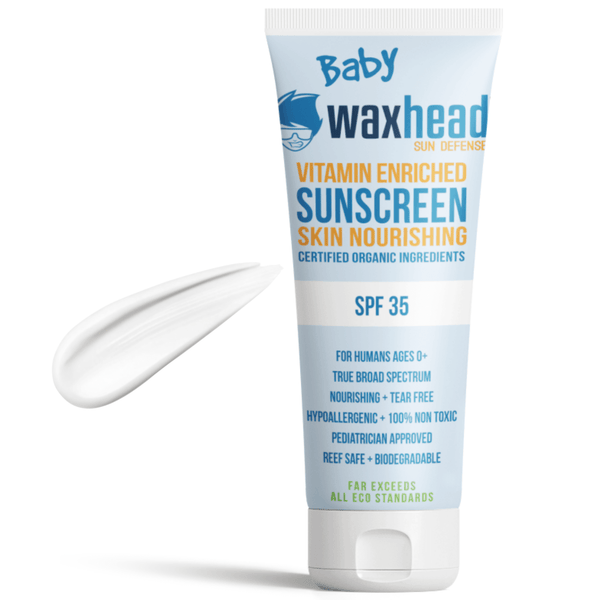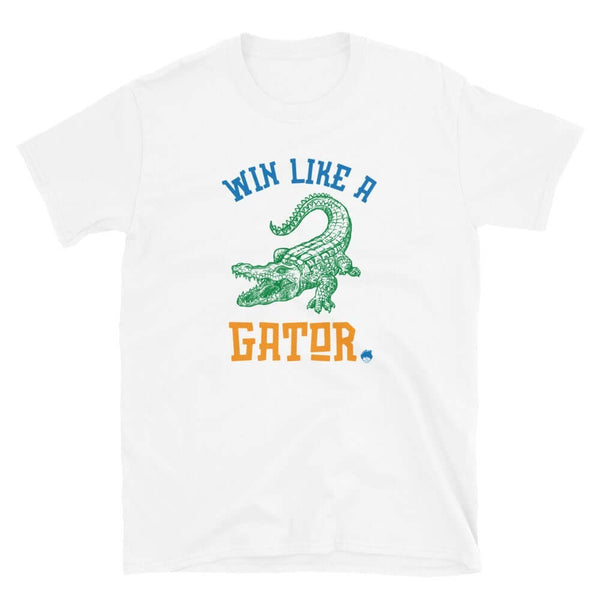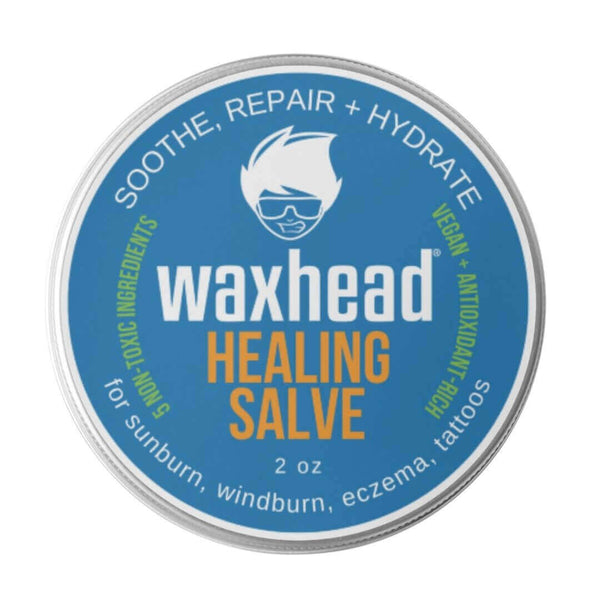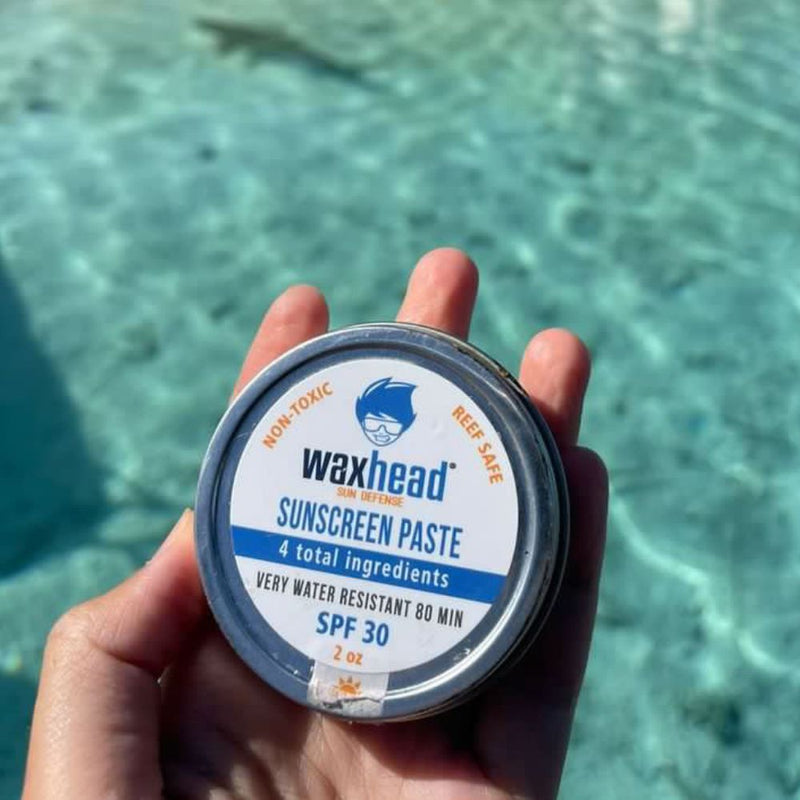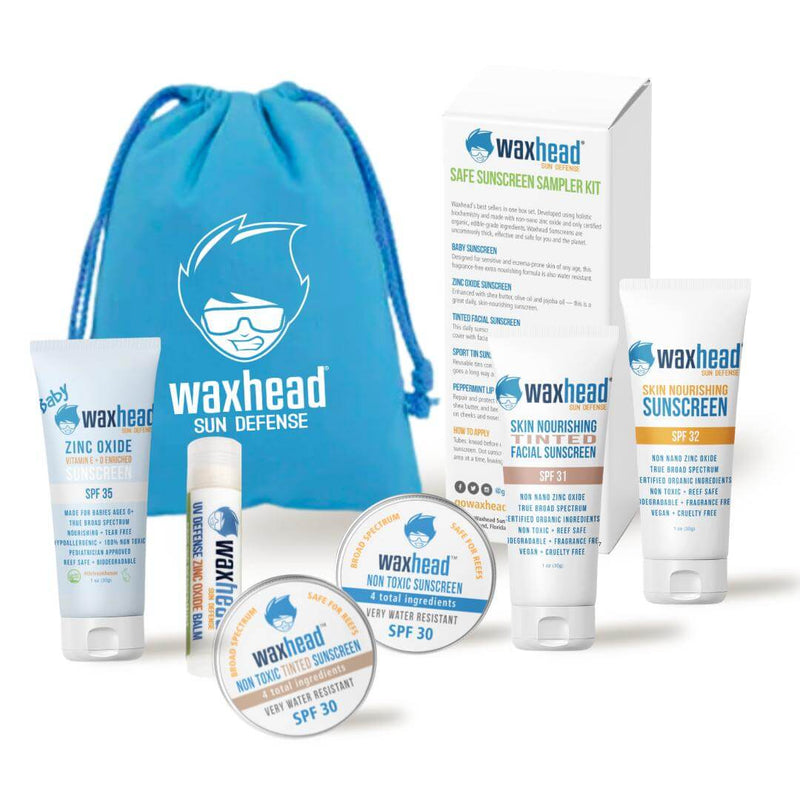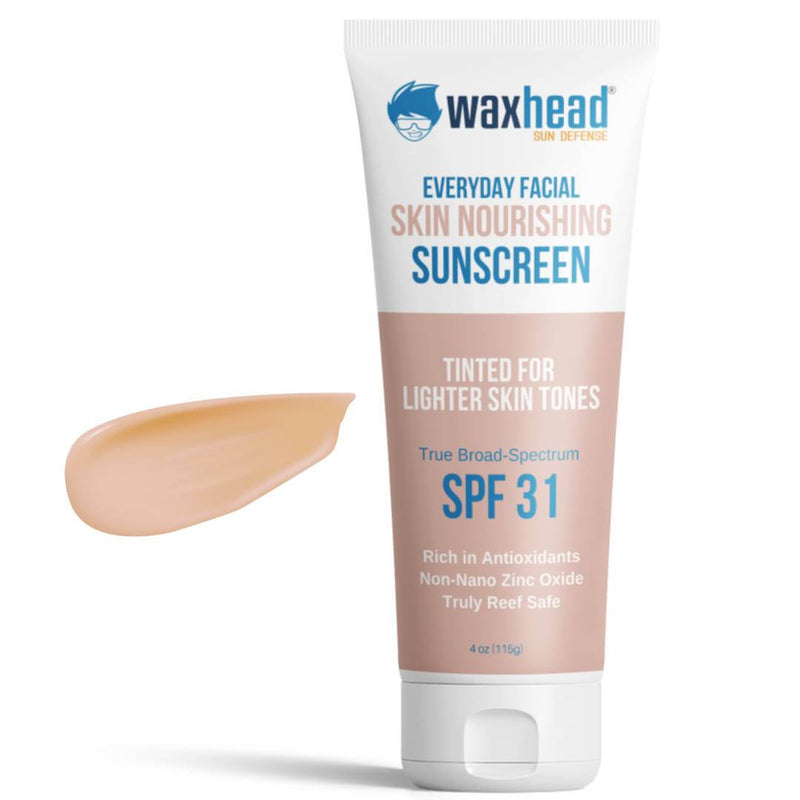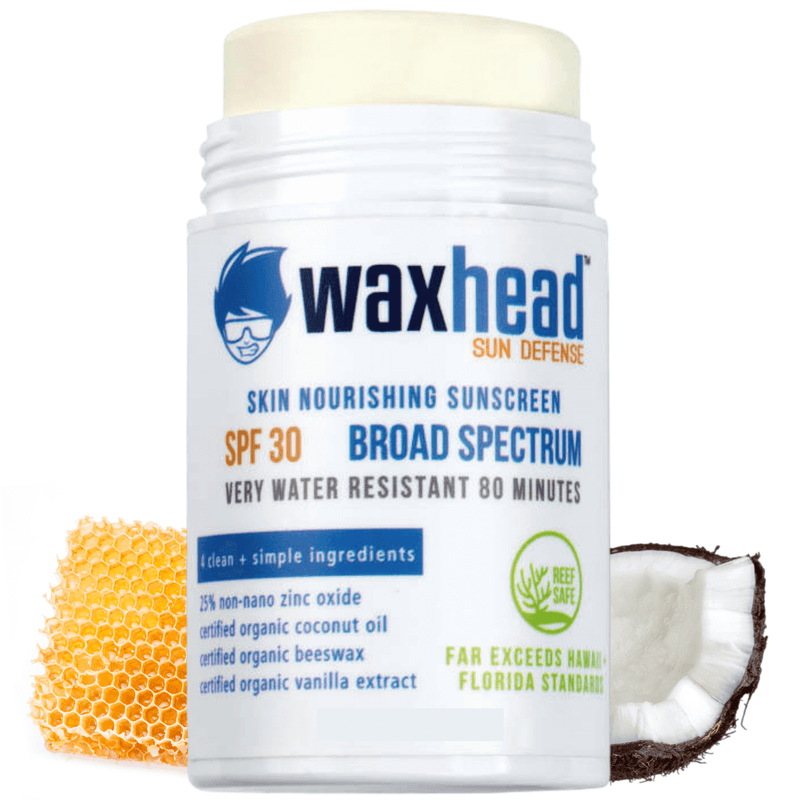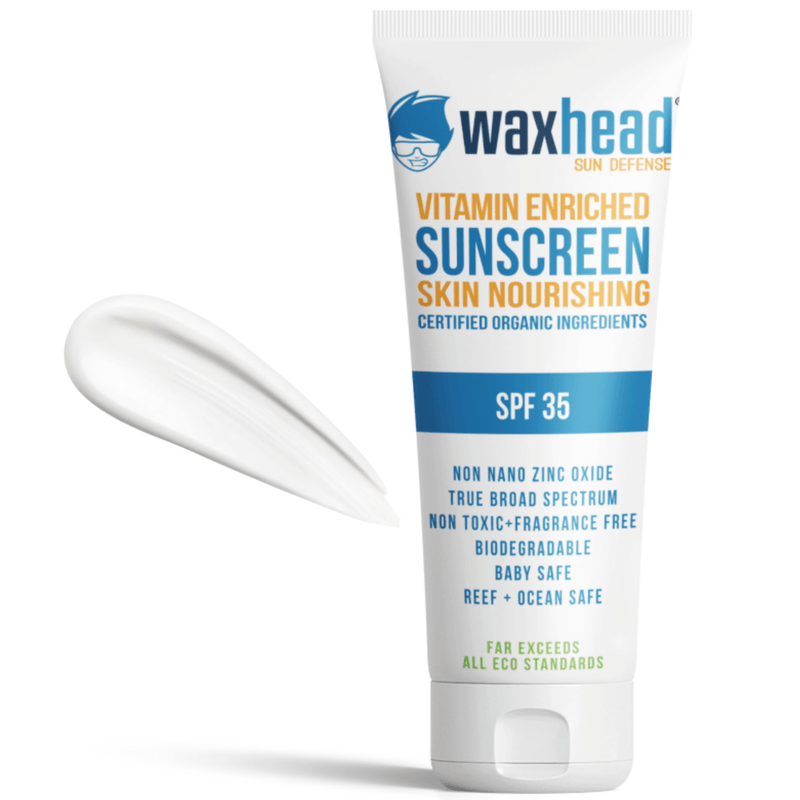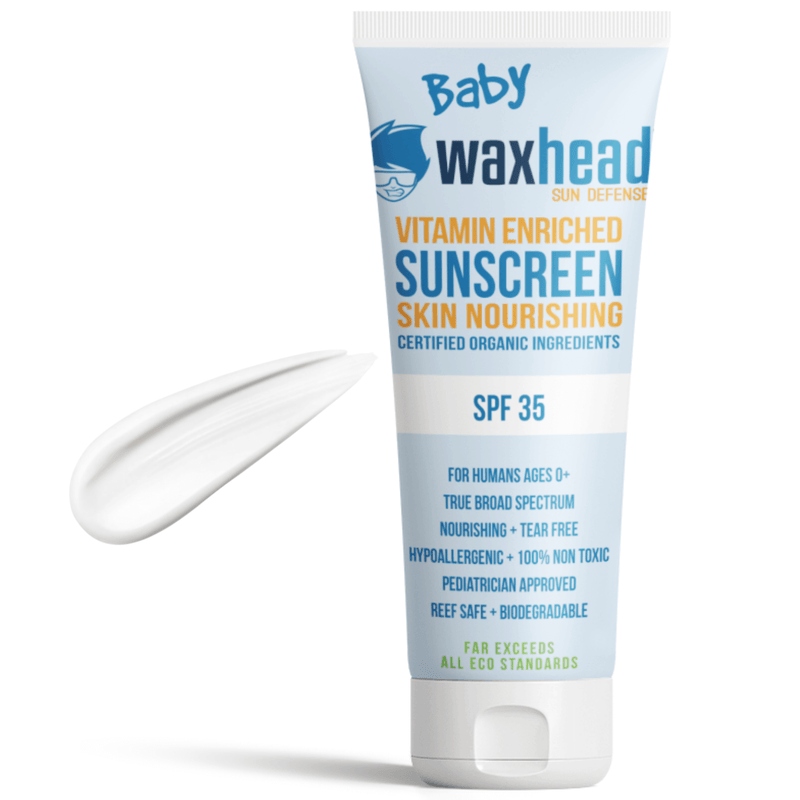In the sun protection realm, whether SPF 15 provides adequate defense against harmful UV rays often lingers. As we navigate through the evolution of sunscreen, from its humble beginnings to the emergence of ultra-high SPF formulations, the efficacy of SPF 15 comes under scrutiny.
This article delves into the nuances of SPF, explores the evolution of sunscreen technology, and provides insights into why SPF 15 may or may not be sufficient for everyday use. Join us to uncover the truth behind SPF levels and make informed choices for your sun protection regimen.
The Evolution of Sunscreen
Throughout history, humans have been on a journey to shield their skin from the sun's harmful rays. From ancient civilizations using natural oils to the cutting-edge advancements in sunscreen technology we see today, the pursuit of effective sun protection has been a evolution.
The first modern sunscreens, with a modest SPF of 2, emerged in the early 20th century. Today, we are spoiled for choice with a variety of sunscreen options, some boasting ultra-high SPF levels. But the question lingers: Is SPF 15 enough?
What Does SPF Mean?
SPF, or Sun Protection Factor, measures how well a sunscreen protects against UVB rays, which can cause sunburn. The U.S. Food and Drug Administration (FDA) plays a crucial role in ensuring the accuracy of SPF numbers. They require sunscreen manufacturers to conduct standardized testing to determine the specific SPF number of their products.
This testing involves exposing human volunteers to UV radiation and measuring how long it takes for their skin to burn when wearing sunscreen compared to when they are not.
From SPF 2 to SPF 100+
Over the years, the effectiveness of sunscreens has improved significantly. In the 1970s, SPF 15 became the standard, providing better protection against sunburn and skin damage.
By the 1990s, SPF 30 sunscreens gained popularity, offering even greater protection. The introduction of SPF 100 sunscreens around the early 2000s promised the highest level of protection available.
Why SPF 30 Sunscreens are Recommended
Despite the availability of ultra-high SPF sunscreens, it's important to note that SPF 30 is often recommended as sufficient for most people. SPF 30 blocks about 97% of UVB rays, SPF 50 blocks about 98%, and SPF 100 blocks about 99%.
The incremental increase in protection beyond SPF 30 is minimal, leading experts to question whether higher SPF levels are essential. This underscores the importance of choosing the right SPF for your needs.
The Case Against SPF 100
While SPF 100 may sound impressive, it does not provide significantly better protection than SPF 30 or 35. SPF 100 sunscreens may give users a false sense of security, leading them to spend more time in the sun without reapplying sunscreen as needed.
Moreover, achieving such high SPF levels often requires adding toxic ingredients that may pose risks to human health and the environment. These ingredients, such as octocrylene and avobenzone, can cause allergic reactions and hormone disruption. Therefore, opting for lower SPF levels and non-toxic sunscreen formulations is often a safer and more sustainable choice for sun protection.
The Importance of Non-Toxic Sunscreens
In recent years, there has been growing concern about the safety of chemical sunscreens. These sunscreens contain synthetic ingredients harmful to human health and the environment.
On the other hand, non-toxic sunscreens use natural mineral-based ingredients like zinc oxide to provide broad-spectrum protection without harmful chemicals.
Why Non-Nano Zinc Oxide Sunscreens are Superior
Non-nano zinc oxide sunscreens offer a superior level of protection against both UVA and UVB rays without penetrating the skin or harming marine ecosystems.
Unlike chemical sunscreens, which disrupt hormone function and cause allergic reactions, non-nano zinc oxide is gentle on the skin and safe for sensitive individuals. This reassures you're making a safe and effective choice for your sun protection needs.
The Importance of Reading Ingredients
When choosing a sunscreen, it's essential to read the ingredients carefully. Avoid products that contain oxybenzone, octinoxate, and other potentially harmful chemicals.
Instead, opt for sunscreens that use non-nano zinc oxide as active ingredients for effective and safe sun protection.
Frequently Asked Questions
Is SPF 15 enough for everyday use?
While SPF 15 offers some protection against sunburn, it may not provide adequate protection for prolonged sun exposure. SPF 30 is generally recommended for daily use.
Can I use sunscreen with SPF 100 for better protection?
While higher SPF levels offer increased protection, SPF 30 is typically sufficient for most people when applied correctly. SPF 100 provides only marginally better protection and may give a false sense of security.
Does skin type affect the effectiveness of SPF 15 sunscreen?
Yes, skin type can impact how well SPF 15 sunscreen protects against UV rays. Individuals with fair or sensitive skin may require higher SPF levels to prevent sunburn and skin damage, while those with darker skin may find SPF 15 sufficient for daily use. Factors such as sun exposure duration and geographical location also play a role in determining the adequacy of SPF 15 sunscreen for different skin types.
Can I mix different SPF levels of sunscreen for better protection?
It's generally not recommended to mix different SPF levels of sunscreen, as this may affect the overall effectiveness of sun protection. It's best to choose a single sunscreen with an SPF that meets your needs and apply it generously and evenly.
In Summary
In conclusion, when it comes to sun protection, SPF 30-35 is the most effective and safest choice, especially when using non-toxic sunscreens with natural mineral-based ingredients like non-nano zinc oxide.
For health-conscious customers looking for safe and effective sun protection, Waxhead Sunscreens offers a range of SPF 30-35 options that prioritize personal well-being and environmental sustainability.
NEXT STEPS
1. Know your ingredients — Flip over your sunscreen and read the ingredients. We want everyone to know what good ingredients are, regardless of whether they use our products or not. Your health is worth it.
2. Buy safe sunscreen — Waxhead is dedicated to using only the healthiest, safest, most effective ingredients in our sunscreens. Shop Safe Sunscreen here.
3. Teach a friend — If you know someone who might still be buying sunscreen with questionable ingredients, please share this post with him/her.
Source: Skin Cancer Foundation - https://www.skincancer.org







